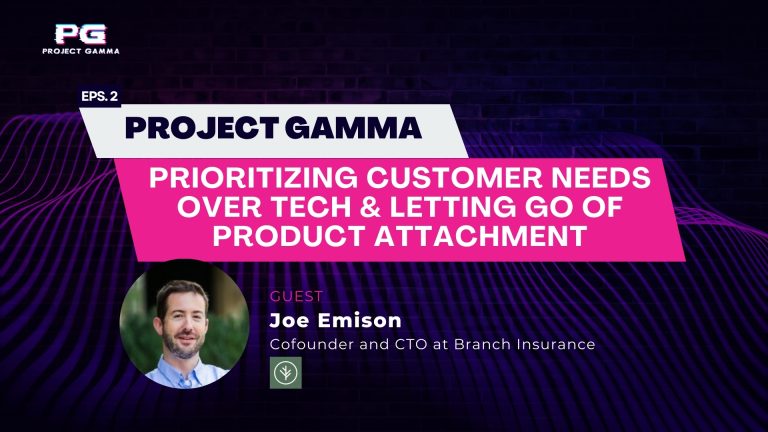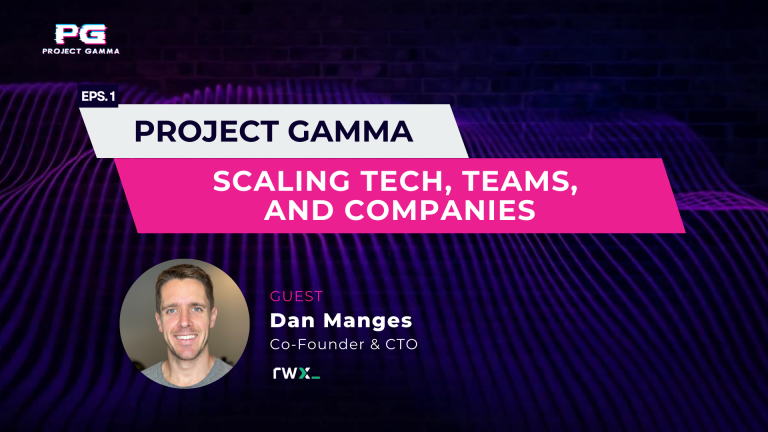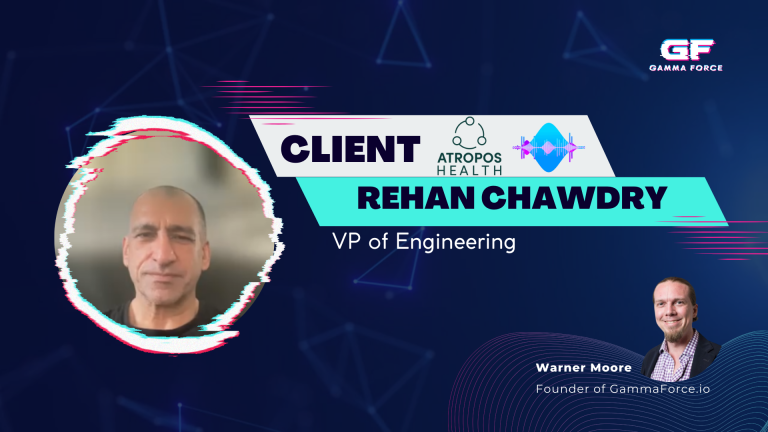Are you struggling with compliance? Here’s how to keep up with the constantly changing regulations.
Key takeaways:
-
- As regulations evolve, traditional approaches are no longer efficient for meeting compliance requirements.
-
- Non-compliance can bring severe consequences, including fines, penalties, and reputational damage.
-
- Automating compliance throughout the SDLC ensures you cover all the bases.
-
- Cross-functional collaboration lets you leverage the perspectives and expertise of different teams, resulting in a practical and comprehensive approach to compliance.
-
- Regular compliance training ensures software engineers stay updated about how their roles and responsibilities fit into the larger framework of regulatory requirements.
Modern businesses operate in a dynamic landscape where cyber threats, technologies, and industry practices keep changing. Regulatory and legal controls are also increasing and getting more stringent daily, making balancing compliance and operational efficiency harder.
Failing to comply with a single requirement can cause costly fines, penalties, and reputational damage. The recent high-profile GDPR violations case involving Meta, where Ireland’s data protection authority fined the tech giant $1.3 billion for handling EU user data without proper safeguards, taught us all too well about the painful repercussions of non-compliance.
Given what’s at stake, software engineer managers must investigate how compliance impacts development and develop innovative strategies to meet required standards efficiently and maintain good standing with authorities.
This guide explores the key compliance areas in software engineering and how robust frameworks, automation tools, collaboration between cross-functional teams, and continuous learning and skill development provide an edge. Let’s dive in.
Navigating compliance challenges
Today’s regulatory landscape consists of company-specific, industry-specific, and cross-industry rules and mandates, each with unique guidelines and standards. Organizations must comply with at least one set of agency or government-mandated regulations, and many are subject to multiple rules.
Many regulations that affect software development, like GDPR, HIPAA, and PCI DSS, typically involve data security compliance. They place different requirements on software development teams, emphasizing proper safeguards and controls to ensure that only authorized individuals make changes to business applications and are traceable, auditable, and verifiable.
These standards and regulations are highly diverse and often don’t provide the steps software engineer managers should take to ensure compliance. Moreover, they change frequently, and new ones are continually being introduced. So, keeping up is a must to stay in compliance.
Many organizations use manual systems for audit trials, record-keeping, and process management to meet compliance requirements. These systems aren’t the most efficient compliance solution today, though. They often increase the workload and requirements of development teams, making it harder to focus on delivering real business value.
Forward-thinking software engineer managers automate security in building software to ensure compliance while maintaining efficient operations.
Strategies for efficient compliance management
To address compliance challenges without the manual overhead, software engineer managers must implement robust frameworks with the following compliance management capabilities:
-
- Access controls: Roles should be clearly defined with a clear separation of duties and an industry-standard authentication mechanism to ensure only authorized personnel make code changes. This doesn’t have to be manual slow processes but can be part of automated pipelines in CI/CD. At the same time, a centralized repository is needed to capture and version all development assets from requirements securely through tests.
-
- Traceability/auditability: The compliance management tools should provide complete traceability and auditability of changes—whether to source code or other software assets, including test plans and results, models, design documents, requirements, or other development-related information. There should be a detailed log of all activities, including who made which changes, when, and why.
-
- Workflow management: All processes across the SDLC, including signoff and notification processes, should be repeatable and consistent, with electronic records identifying the people involved.
The best way to automate compliance and accelerate development is to adopt a DevSecOps approach and embed security controls and audit capabilities into CI/CD (continuous integration and continuous delivery) processes.
A great place to start is to implement role-based access controls for CI/CD pipelines, along with tag and branch filters that restrict who can trigger a release or make changes to the configuration and under what conditions.
Additionally, use configuration-as-code to define the CI/CD pipeline. This standardizes your build, test, and deployment practices, eliminates misconfiguration errors, and provides a comprehensive audit trail for easy traceability of changes.
Beyond a robust compliance framework, you’ll also need a skilled, well-coordinated team that understands its role in facilitating compliance.
Collaborative approach to compliance
Software engineer managers should establish a cross-functional team with representatives from the business, legal, technology, and security departments to ensure all stakeholders are actively involved and aligned in their approach to compliance from the start.
This approach makes assessing and managing compliance risk a shared responsibility; the legal team validates which procedures and policies comply with legal requirements, while the security and technology teams implement appropriate controls and safeguards aligned with those policies. That way, no compliance issue slips through the cracks.
For the best result, the cross-functional team should meet regularly to discuss compliance-related matters, exchange knowledge, share updates, and address pending issues. Effective communication channels, such as dedicated communication tools or shared collaboration platforms, should also be implemented to facilitate smooth information flow and ongoing communication.
Training and skill development
Another critical aspect of ensuring compliance is investing in your team’s education. You should provide adequate training to help software engineers fully understand how their roles and responsibilities fit into the larger framework of regulatory requirements and to reduce the risk of non-compliance. The training should cover everything from industry-specific compliance requirements and data protection regulations to secure coding best practices.
There are various approaches you can use to deliver compliance training. For small teams, face-to-face training may be perfectly convenient. However, online training via an LMS (Learning management system) is the most effective way of running compliance training in most cases—it’s interactive, accessible, and lets you easily track progress and discover knowledge gaps.
Remember, compliance training isn’t a one-off event; it’s a continuous process. So, update relevant training modules whenever regulations change and provide regular refresher courses to ensure employees are up to speed with the latest rules and best practices.
Let Gamma Force help you balance compliance and operational efficiency.
Software engineer managers must ensure compliance and maintain efficient operations to thrive in today’s competitive landscape. This can be achieved by integrating compliance considerations throughout the SDLC through intelligent automation.
Collaboration with legal teams and regular compliance training is also needed to stay updated on evolving regulations and reduce non-compliance risk. All this can be daunting, but it doesn’t have to be.
Gamma Force can help you align compliance and security to your business strategy through fractional executive services and expert strike teams. From creating robust CI/CD capabilities to introducing DevSecOps to your development pipeline, we’ll leave no stone unturned in minimizing your exposure to compliance risk.
Where are you with your compliance management? We’d love to hear from you. Schedule a free consultation to learn how we can help evolve your capabilities.







